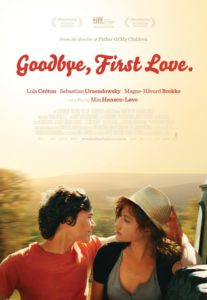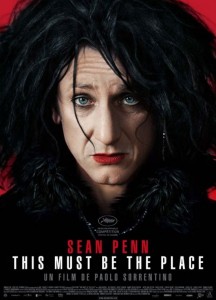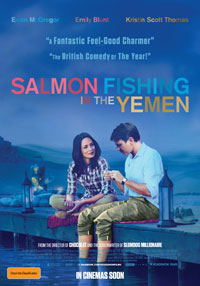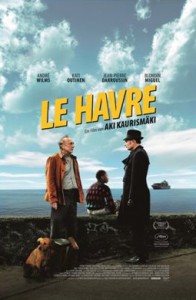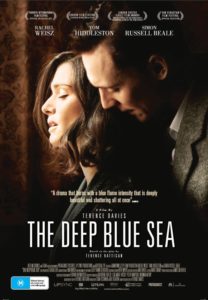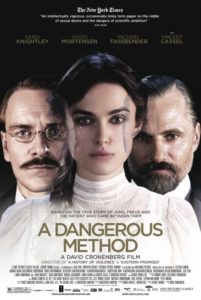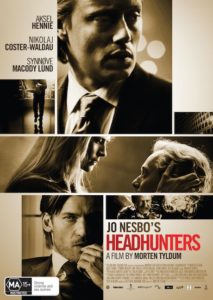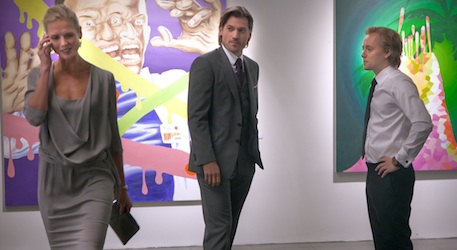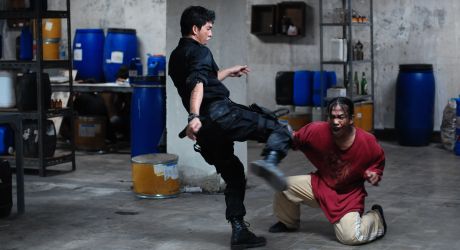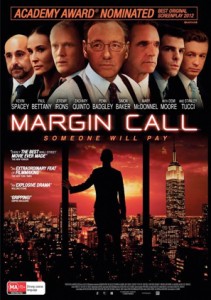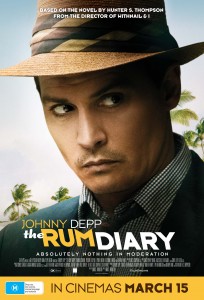A wistful tale of first love without the passion, in which feelings of discontent and melancholy are wholly shared by the audience.
[stextbox id=”grey” caption=”Goodbye, First Love (2011)” float=”true” align=”right” width=”200″]
Director: Mia Hansen-Løve
Writer(s): Mia Hansen-Løve
Runtime: 110 minutes
Starring: Lola Créton, Sebastian Urzendowsky, Magne-Håvard Brekke
Distributor: Palace Films
Rating: Wait for the DVD/Blu-ray (?)
[/stextbox]
Mia Hansen-Løve won the Special Jury Prize in the Un Certain Regard section at the 2009 Cannes Film Festival for her second film The Father of My Children, immediately putting her on the map. Her follow-up, Goodbye, First Love (Un amour de jeunesse) is less likely to grab the same level of critical acclaim. Concentrating on the erosion of a feeling over time is a tricky line to master, and stories about coming of age are typically schmaltz fests or high concept boys’ own adventures. Yet for most of us, growing pains are never this interesting or dramatic: they are a series of things that happened on the way to becoming a (dys)functional adult.
In Spring 1999, Camille (Lola Créton) is a 15-year-old infatuated with the older Sullivan (Sebastian Urzendowsky). Being just a young thing, she throws herself wholeheartedly into the romance. After a trip away together, they part as Sullivan decides to go to South America for a year. Four years later, she has begun to live a life of her own as an architecture student. She begins to fall for her lecturer Lorenz (Magne-Håvard Brekke), but has never truly managed to get over Sullivan. When he returns to her life, she is conflicted over the memories of her feelings of first love and the place that she has found herself in.
Those who felt that the similarly crazed Like Crazy moved at a far too fast a rate might be well served by the languidly paced Goodbye, First Love. Yet where that film perfectly captured the intensity of a growing relationship between two young people, and the difficult to maintain that relationship over time and distance, Hansen-Løve is all about the spaces in between. It’s unfortunate, then, that those spaces are not terribly interesting. From the moment that the young lovers part company, Camille falls into a deep malaise that she never fully emerges from. Frustratingly, the character of Camille is so weakly drawn that she only exists in relation to the two men in her life, and any independence she does achieve is immediately undone by the return of her first love. Her two options are stability without passion, or intense love with no prospect of reliability. Hansen-Løve’s view seems to be one of nostalgia, and the indelible mark that first love leaves, but gets stuck on the ennui switch a little too long.
Relative newcomer Créton, perhaps best known for Catherine Breillat’s Bluebeard, intrigues and manages to maintain our gaze for the entire film. Playing a character over the course of four years, the then 18-year-old actress conveys innocence and maturity in various stage, unafraid to bare everything to audiences. Her ingenue beauty captivates, but she is also a difficult character to like, with her intense moroseness. The film’s flat out refusal to support shifts in tone with explanatory dialogue is admirable, and suggests Hansen-Løve’s clear vision, but it also keeps us at arm’s length. None of us may ever forget our first love, and it is a shame that the same cannot be said of Goodbye, First Love.
Goodbye, First Love is released in Australia on 5 April 2012 from Palace Films.

